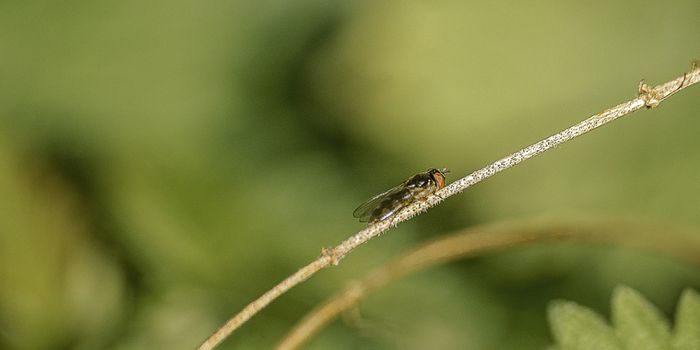Concern Grows About Emerging H5N8 Flu Virus
Though suspected outbreaks have been documented since 1878, the first confirmed outbreak of bird flu, a highly pathogenic avian influenza virus (HPAIV) called influenza A H5N1 occurred in Scotland in 1959. Thousands of subsequent outbreaks worldwide have happened in wild birds and farmed poultry due to H5N1 and others generically referred to as H5Ny. These flu viruses tend to be deadly, and they are also able to cross the species barrier; they also infect mammals including people.
While the H5N8 virus's threat to humans is still considered to be low, scientists are monitoring the spread of the virus in agriculture. The H5N8 virus has infected birds since the 1980s. Wild birds are known to have been taking avian H5 influenza A viruses from Asia to Europe since 2004. In 2014 and 2015, it was confirmed that the H5N8 viruses spread around the world through wild migratory birds. In January 2020, the H5N8 virus was found in swans and wild aquatic birds in China.
A few months ago, the Russian Federation alerted the World Health Organization that they'd detected avian influenza A(H5N8) in seven samples from people, who were apparently not showing any symptoms of illness. These seven individuals work at a poultry plant in southern Russia and were exposed to asymptomatic flocks that tested positive for H5N8. Though other bird flu viruses have infected people, this is thought to be the first known case in which H5N8 has been transmitted to humans, and no onward transmission cases have been reported.
To control that outbreak, birds were culled and decontaminated. Workers were tested and contact tracing was implemented. The Russian Federation authorities are thought to have monitored about 150 people, including contacts of those that tested positive. No symptoms were reported.
The Centers for Disease Control and Prevention (CDC) considers H5N8 to be of low to moderate risk of causing a pandemic. This assessment was based on a sample of the virus that was isolated from a falcon, but which was also detected in other birds. There have also been a few reports of people becoming infected with H5N6 in China. Research has suggested that H5N8 would not spread efficiently.
There are four kinds of influenza: A, B, C, and D. Type A is typically zoonotic, and these types of flu viruses often found in water birds. There are two subtypes of A, which are classified based on the kind of viral glycoprotein they produce, either HA or NA. When new mutations arise in the genomes of existing viruses, new avian influenza viruses, sometimes called variants, emerge. These mutations can affect the various characteristics of the virus, like how pathogenic it is.
Highly pathogenic H5Ny AIV outbreaks are now happening in Africa and Eurasia. There is also a strain of H5N8 that has been developed for vaccines by the World Health Organization.
Sources: AAAS/Eurekalert!, WHO, CDC, University of Minnesota Center for Infectious Disease Research and Policy, Science









